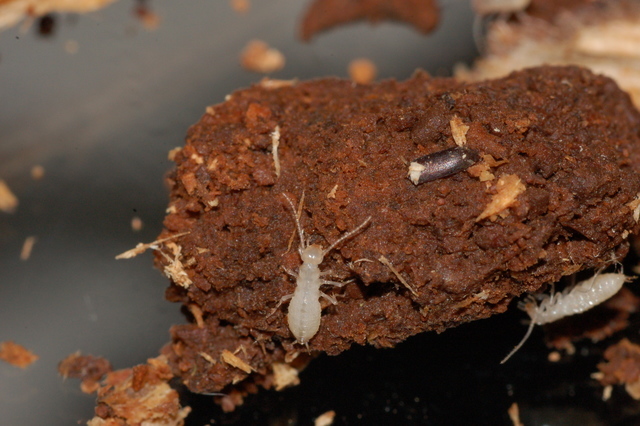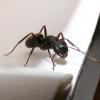Short answer: Secondaries are just as capable as primaries, Long answer: Slightly more nuanced than the short answer.
Secondaries (neotenics) are just as fecund if not more than primary reproductives (imagoes). Secondary males are rather uncommon while secondary females are very common.
In the more primitive termite families (Kalotermitidae and Archotermopsidae specifically) behave a lot like ants, only tolerating one pair of neotenics (although multiple neotenics can be induced artifically), if one of the current reproductives die they are replaced with a neotenic.
Higher up you go on the evolutionary ladder is when things get very weird. Some species still only tolerate one pair of reproductives, some species use alates as secondary reproductives, some just keep producing more neotenics without much regard to what happens to the primaries, in others the queen is replaced by her clones and certain species don't utilize secondary reproductives at all. Much like ants, reproductive strategy varies per population in a given species.
So to answer your question, the species (or populations) that do produce secondaries have them as a basic component of their lifestyle and usually not emergency backup. The species that don't produce secondaries go down with the primaries or replace them with other imagoes.

If you are wondering why secondary reproductives look the way they do, it's because unlike ants, termites do not undergo complete metamorphasis, as in egg -> larva -> pupae -> adult, they just keep growing into larger versions of themselves. All castes except for the alates are technically 'immatures', they posses nymph characteristics and not adult ones. The alates are the only 'adult' caste, this is probably the case since they need wings to disperse. This is also why the alates/primaries are referred to as imagoes.
Nymphs of Cryptocercus (wood cockroach), the closest living relative to the termites.

Adult:

Edited by LC3, December 8 2018 - 7:23 PM.




















